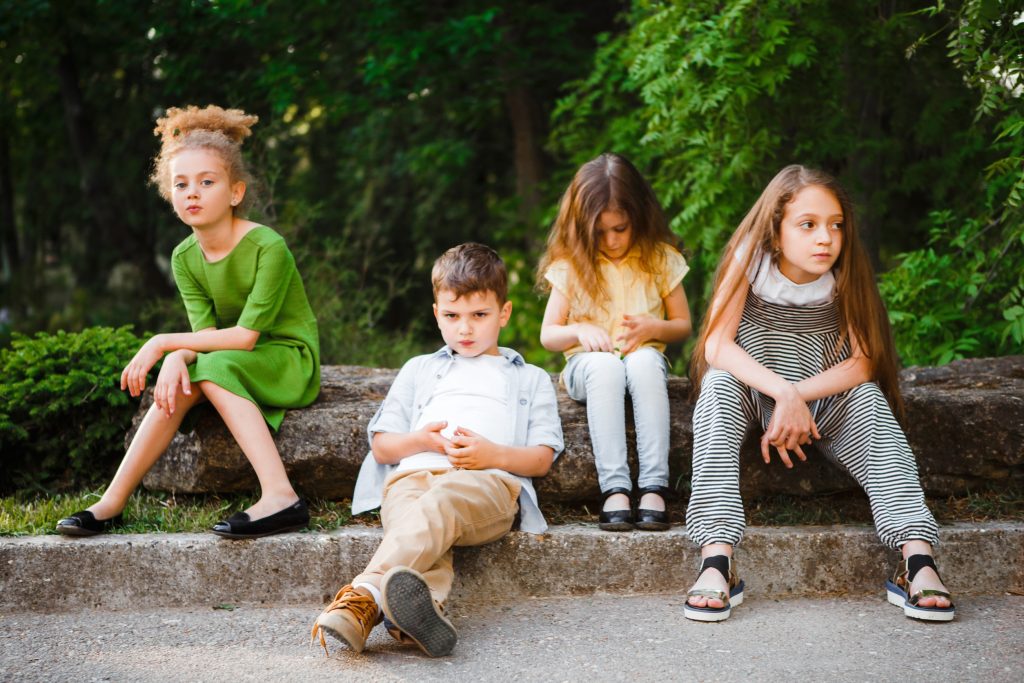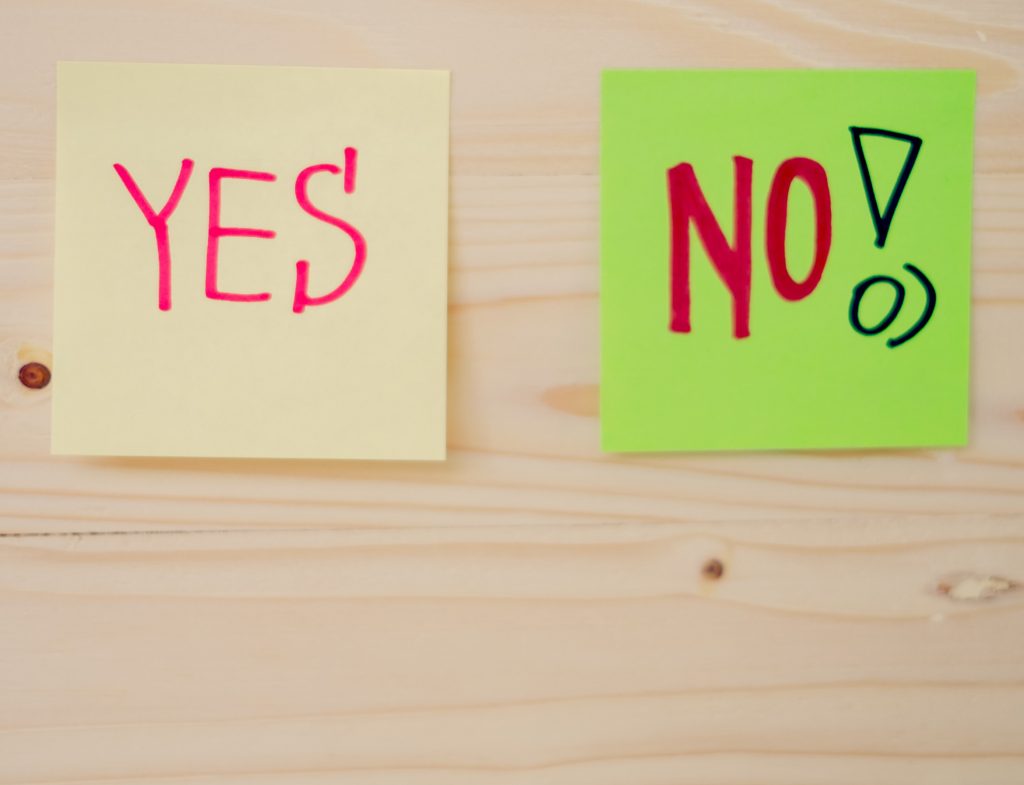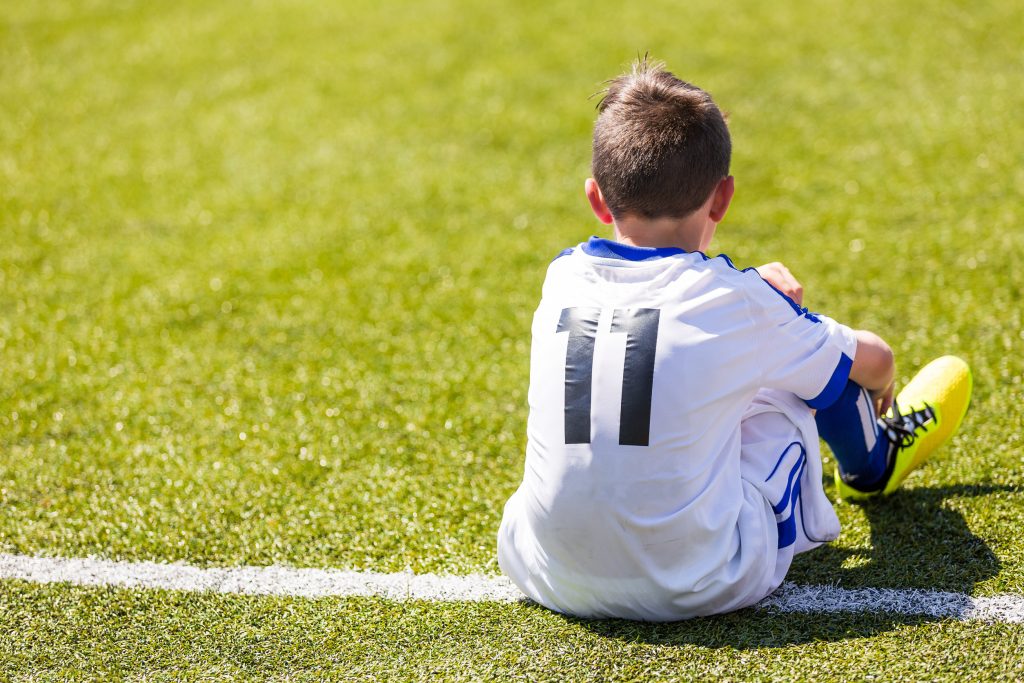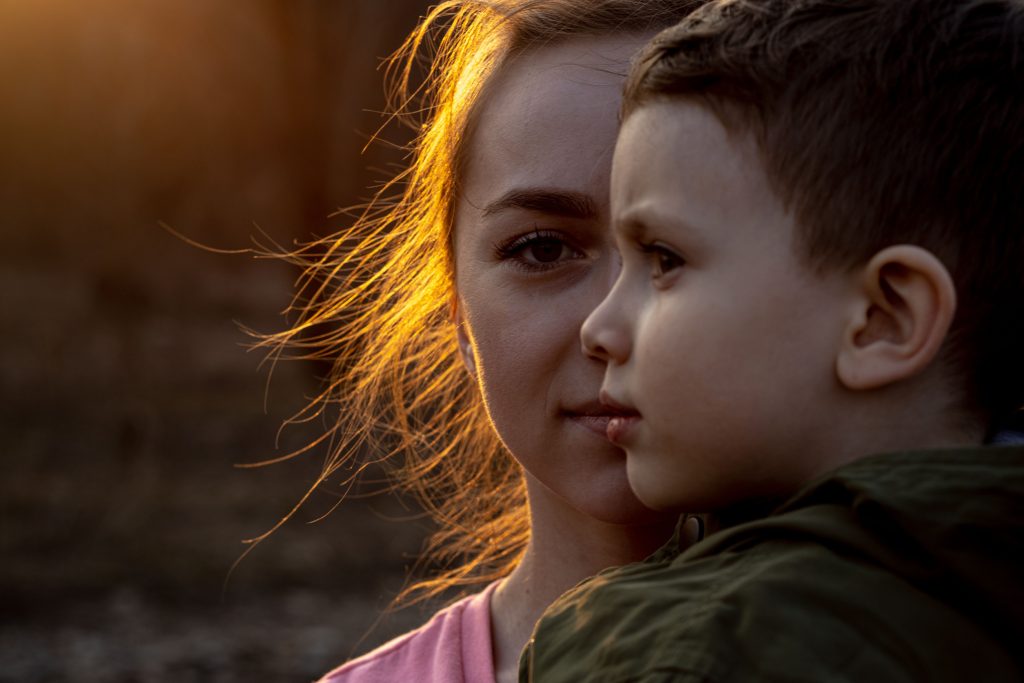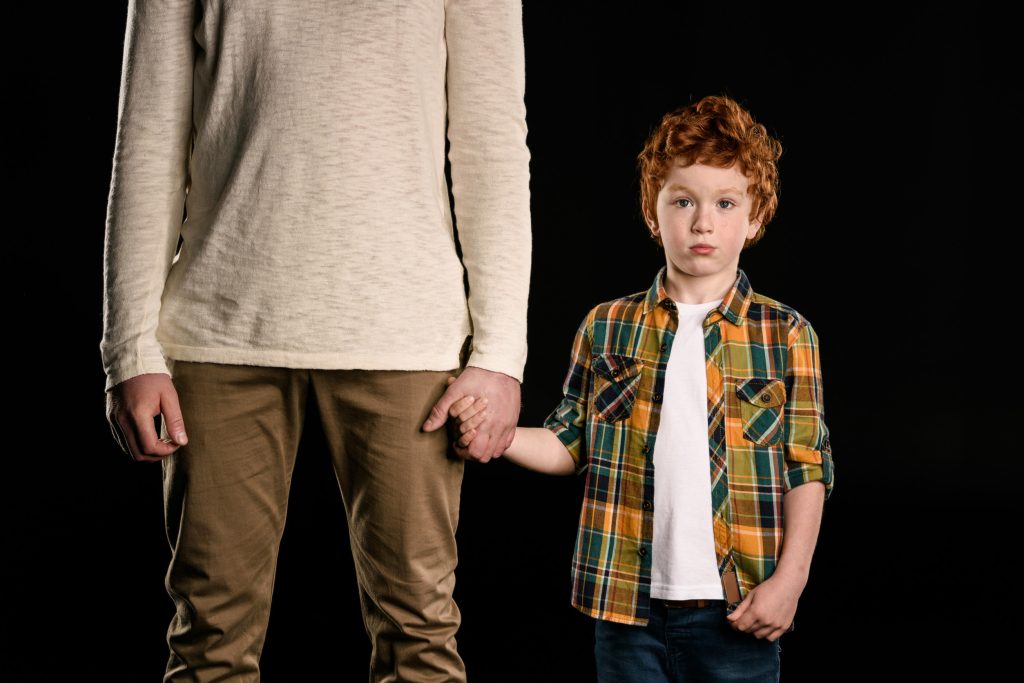The first time your toddler throws a tantrum in public, it feels like time slows down. Everyone seems to be staring, your child is suddenly part octopus and part banshee, and you’re just trying to hold it together while navigating an emotional minefield. Toddler tantrums are intense, unpredictable, and somehow manage to arrive right when you’re least prepared. Most parents go into the toddler years armed with snacks and nap schedules, not realizing that tantrums are more than just “bad behavior.” These moments can be tough to handle, but understanding the deeper truths behind them might just save your sanity.
1. Tantrums Are a Developmental Milestone
Believe it or not, toddler tantrums are a sign that your child is developing exactly as they should. Around the age of 1 to 3, children are learning to navigate big emotions with a brain that’s still under construction. They don’t yet have the words or self-regulation tools to say, “I’m overwhelmed,” so instead, they scream and flop on the floor. It’s not personal—it’s neurological. The outbursts are often more about emotional growth than defiance.
2. You Can’t Always Prevent Them
You can have the most well-rested, well-fed toddler and still find yourself in the middle of a meltdown over the shape of a snack. While routines and boundaries help, toddler tantrums aren’t completely avoidable. Life is full of triggers toddlers don’t yet know how to handle—like transitions, limits, or sensory overload. Accepting that tantrums are part of the parenting landscape can reduce frustration for everyone involved. It’s not about perfection; it’s about patience.
3. Logic Doesn’t Work During the Storm
When your toddler is mid-meltdown, no amount of reasoning will bring them back. In fact, trying to explain why their cup has to be blue, not red, usually makes things worse. During tantrums, the logical part of their brain goes offline, and emotion takes over. What they need most in that moment is calm, not correction. Save the life lessons for later—once the storm passes.
4. Your Reaction Matters More Than You Think
It’s easy to lose your cool when you’re being kicked, screamed at, or shamed by a bystander. But how you respond to toddler tantrums teaches your child how to manage stress. Staying calm doesn’t mean you’re letting bad behavior slide—it means you’re modeling emotional regulation. A consistent, composed response helps toddlers feel safe, even when they’re completely dysregulated. It may not stop the tantrum in the moment, but it shapes their emotional resilience in the long run.
5. Public Tantrums Are Not a Reflection of Your Parenting
It feels mortifying when your child melts down in the middle of the grocery store, but you are not a bad parent. Toddler tantrums don’t discriminate between private and public spaces. What you see as a meltdown in aisle five is simply a toddler expressing unmet needs in the only way they know how. Try to ignore the judgy glances and focus on your child, not your pride. Most experienced parents understand—some may even want to high-five you.
6. Distraction Isn’t a Long-Term Fix
Distracting your toddler with snacks, toys, or screen time may defuse the moment, but it doesn’t teach them how to cope. While distraction has its place, relying on it too often can delay emotional development. It’s better to gently acknowledge their feelings and offer support instead of pretending the issue doesn’t exist. Toddlers need to learn how to feel and express emotion, not avoid it. Think of it as emotional strength training—one meltdown at a time.
7. Sometimes You Need to Let It Play Out
It’s okay to ride out a tantrum without trying to “fix” it immediately. As long as your child is safe, sometimes the best option is to sit quietly nearby and let them work through it. This shows them that all feelings—even big, messy ones—are acceptable. It also gives them space to calm down without added stimulation. Some parents call it “holding space,” others just call it survival, but either way, it’s powerful.
8. Consistency is Key, Even When It’s Hard
Setting clear limits helps reduce future tantrums, even if it causes one in the moment. Toddlers crave structure, even when they resist it. When you stay firm on rules like “we don’t hit” or “we leave the park when it’s time,” it helps them feel safe. Giving in during a tantrum may stop the noise, but it can send the message that outbursts are a way to get what they want. Consistency builds trust and reduces power struggles in the long term.
9. It’s Exhausting, and That’s Okay to Admit
Toddler tantrums are physically and emotionally draining. Even the most patient, loving parent will feel completely defeated after the third meltdown of the day. It’s okay to feel frustrated, overwhelmed, or even angry—it means you’re human. Take breaks when you can, ask for help, and give yourself grace. You’re doing one of the hardest jobs out there, and no one handles it perfectly.
Tantrums Won’t Last Forever, But the Lessons Will
While it may not feel like it in the heat of the moment, toddler tantrums are a temporary (and very normal) part of early childhood. They give your child a chance to learn how to express themselves and give you a chance to practice staying grounded in chaos. One day you’ll look back and laugh at the great cereal box standoff or the meltdown over mismatched socks. And you’ll know you made it through—tantrum by tantrum.
What’s the most memorable toddler tantrum you’ve faced? Share your parenting war stories in the comments—we’re all in this together!
Read More:
From Chaos to Calm: Strategies for Difficult Toddler Behavior
Is Your Toddler Already Experiencing Burnout?
Catherine is a tech-savvy writer who has focused on the personal finance space for more than eight years. She has a Bachelor’s in Information Technology and enjoys showcasing how tech can simplify everyday personal finance tasks like budgeting, spending tracking, and planning for the future. Additionally, she’s explored the ins and outs of the world of side hustles and loves to share what she’s learned along the way. When she’s not working, you can find her relaxing at home in the Pacific Northwest with her two cats or enjoying a cup of coffee at her neighborhood cafe.

